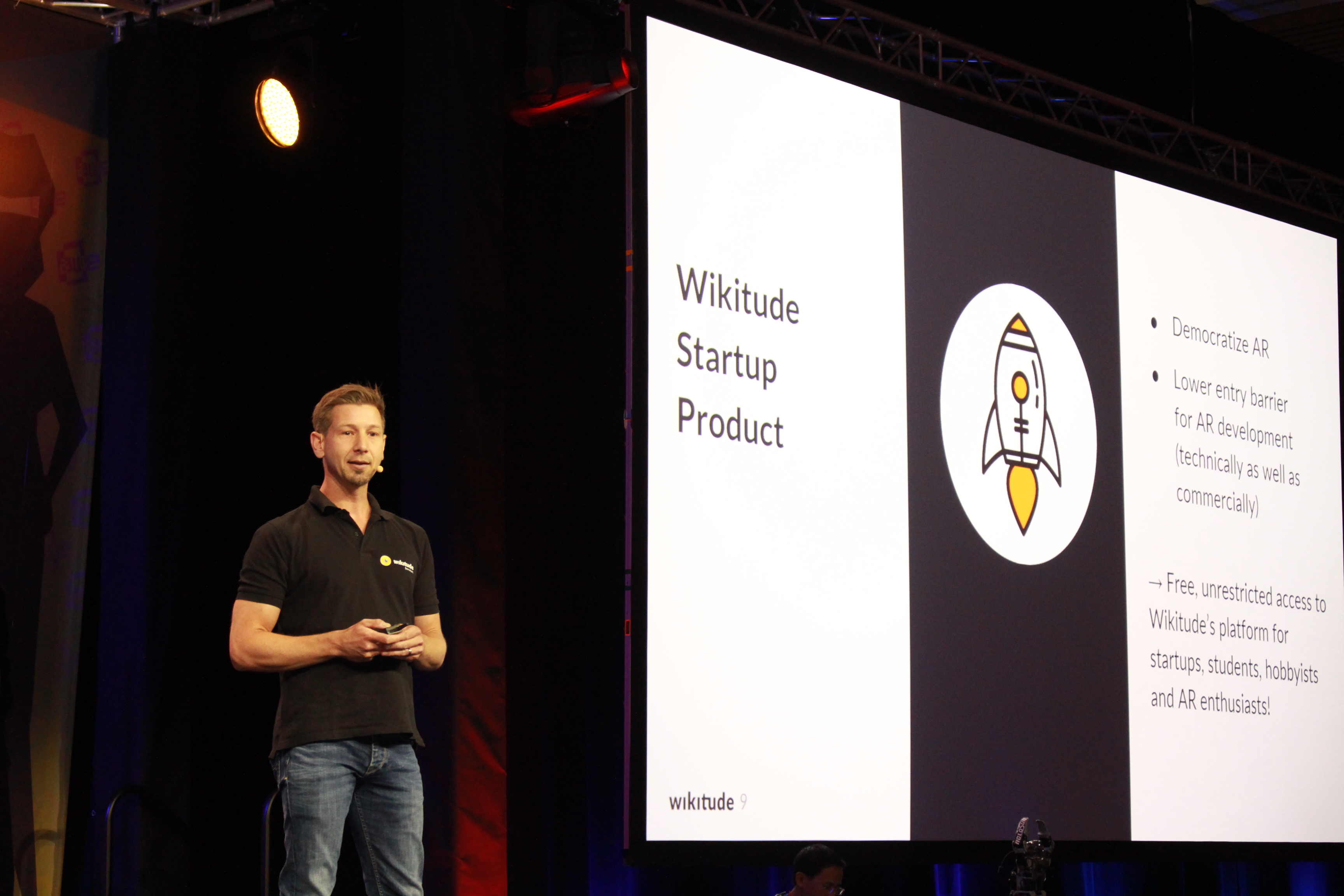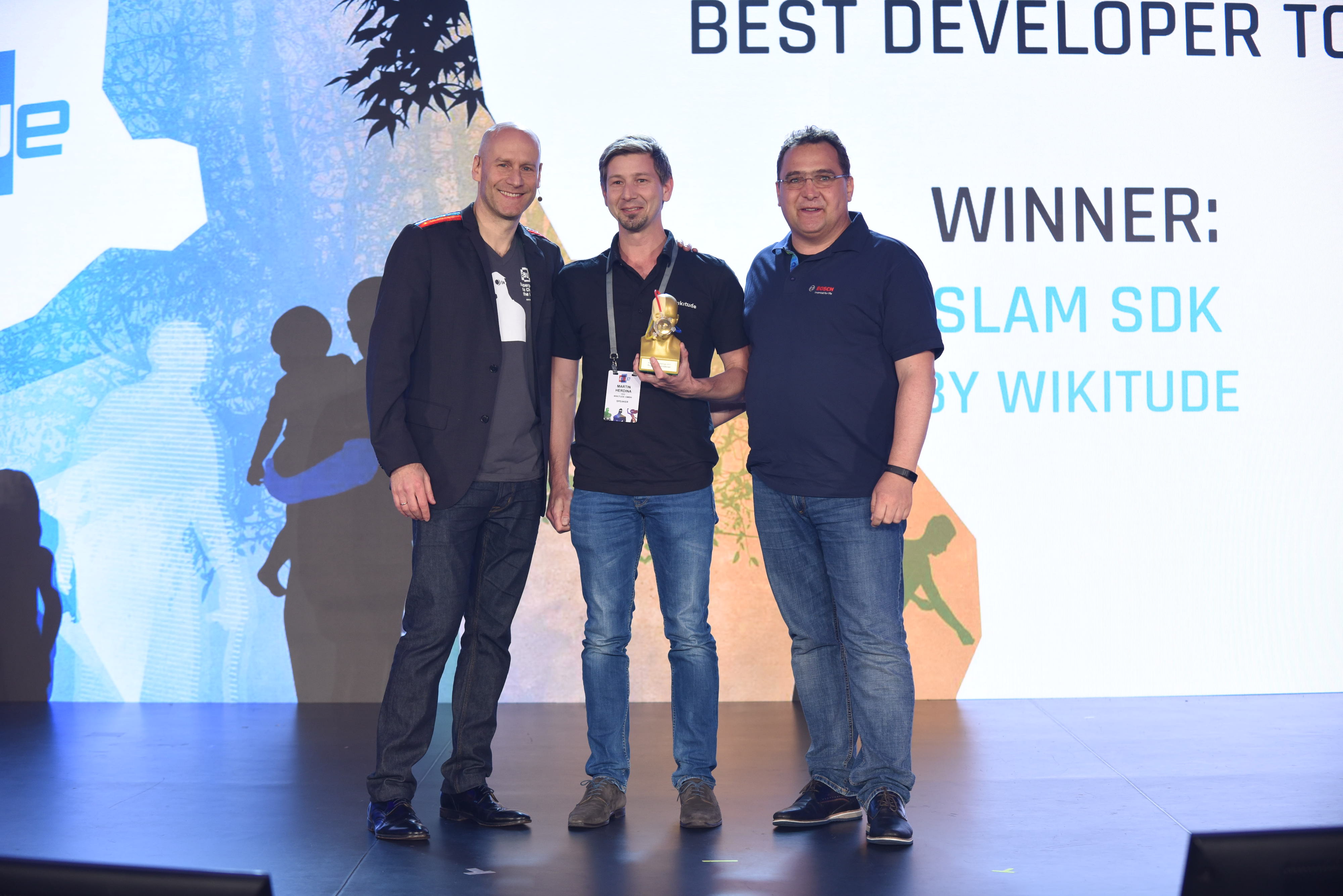Smart glasses, the eyewear technology that layers information onto a user’s field of view, started off as simple front-end displays. Throughout the years, we saw it progressing to being capable of performing complex computer-powered tasks. Below, we will cover a few highly-rated devices, followed by successful use case applications.
Unlike the 100% immersive virtual reality headsets, smart glasses give users a sense of physical and digital worlds simultaneously, providing a much more natural experience. This experience is achieved through either an Optical Head-Mounted Display (OHMD), Augmented Reality (AR) technology, or through Heads Up Display Glasses (HUD).
Despite its continuous growth and value potential in the enterprise and industrial sectors, these wearable computer glasses still face challenges that delay them from reaching mass-market usage.
Challenges

Facing a defining moment, smart glasses companies currently strive to expand their ground. Even though businesses are finding great workflow solutions through eyewear technology, the public will still have to wait a little longer to reap the benefits of mass accessibility and usage.
Smart glasses producers have realized that to reach mass-market usage, they must first overcome the challenge of balancing functionality and wearability at an affordable cost.
According to
Fast Company, “the sheer number of components needed to make AR glasses function will be hard to squeeze into a design that you wouldn’t mind wearing around all day. This includes cameras to pinpoint physical location, cameras to track the movement of eyes to see what you’re looking at, displays large enough to overlay the full breadth of your field of view, processors to power the displays, and the computer vision AI that identifies objects, and a small and efficient power supply.” Furthermore, ensuring comfort design and cooling mechanisms to compensate for intense computation will be key for mass adoption.
Despite these challenges, there are many smart glasses in circulation today providing great value to various users. Below, we will cover a few highly-rated devices, followed by successful use case applications.
Smart Glasses
Lenovo ThinkReality A6

The ThinkReality A6 AR headset includes inside-out 6DoF tracking to optimize AR experiences and enable industrial versatility. This mobile device is designed to help the workforce use AR applications to receive expert assistance, reduce repair times, decrease errors, streamline complex workflows, improve training quality, and save costs. The device is powered by Wikitude image and object recognition technology.
Epson Moverio BT-300

This lightweight eyewear device contains a front-facing camera, motion tracker, and a display on each lens. The device is suitable for entertainment, manufacturing, medical science, and more.
Supported by Wikitude: optimized Epson SDK
Vuzix M300
These smart glasses provide an agile workplace, with fully connected staff and managers. Industry operations are facilitated by the wide range of apps available, a built-in HD camera, AMLCD display, and more.
Supported by Wikitude: optimized Vuzix SDK
Mira Prism Pro
Since no plugs, computers, or wires are needed, this AR headset offers an alternative way to interact with holographic images. The company has recently raised ﹩10 million funding and decided to focus solely on the industrial use of the headsets. Mira Prism Pro device features external cameras and a see-through interface, allowing hands-free intuitive interactions with the real world.
To be supported by Wikitude: optimized Mira Prisma SDK
HoloLens

The HoloLens is an untethered mixed reality device that is designed to deliver value instantly. Users get the benefits of using cloud and AI services from Microsoft—including reliability, security, and scalability.
Being one of the leading mixed reality headset devices on the market, Wikitude has optimized its augmented reality SDK to support and complement the Microsoft HoloLens 1.
Use cases

Better than asking what a specific device is capable of, we want to answer a more important question. What are some solutions smart glasses can provide? What is stirring the computerized eyewear market right now?
Video Collaboration
The most prominent application for smart glasses today is most definitely video collaboration. The ability to work together with experts remotely in a “see-what-I-see” system is improving many sectors across the board. Applicable from field service to complex engineering support, remote assistance functionality makes more companies incorporate the smartglasses technology into their workflows.
Complex Manufacturing
Assembly lines are all about speed, productivity, accuracy, compliance, and quality control. These fundamental elements happen to be the exact areas in which smart glasses can deliver. In tasks where every detail counts, automotive and aerospace manufacturers implement eyewear devices to bring real-time solutions to the factory floor.
Logistics and Warehousing
While keeping their hands free and receiving directions and visual cues directly in their field of view, warehouse workers can quickly locate, collect, and deliver items. Smart glasses are substituting handheld devices, scanners, and printed materials. As a result, employees are increasing productivity while decreasing errors and subsequent costs.
Building and Construction
Using smart glasses (or smart hard hats), construction workers experience a safer, more productive hands-free workflow. Structural inspections and errors can also be more accurately held and corrected through remote solutions offered in real-time.
Validation functionality
Augmented reality solutions are invaluable when it comes to maintenance. Smart glasses allow technicians to receive step-by-step visual prompts to help accomplish tasks such as assembling, repair, or maintenance procedures. The head-mounted displays also come in handy for technicians to validate the actions to ensure that every step was correctly executed.
Consumer Level
Even though the consumer market still can grow, we can already see use cases in various areas. For example, AR guides that enhance visitors’ experiences in museums. Theaters rely on eyewear to provide instant subtitling to their guests, while tourists can easily find their way around through projected navigation directions and reviews. Athletes can have access to real-time speed, power, distance, and other indications. Drone pilots conveniently see their drone’s field of view. All these are critical and worthy niches, even if they are still far from mass adoption.
Future potential

The current use of smart glasses is convincing more and more forward-thinking businesses to hop on board. Although widespread public usage is still pending, smart glasses have found valuable areas to operate, develop, and grow. So helpful that it is not surprising to hear that tech giants like Apple, Samsung, and Meta (just think of Oculus market success!) are working on their AR-powered smart glasses.
Let’s take a look at the potential this technology has in store for those still not convinced.
Imagine being able to update the knowledge you need directly to an eyewear database. This scenario allows a hands-free workforce with instant access to targeted knowledge directly in their field of view. Such an implementation would ultimately increase quality control, improve maintenance, provide faster and more reliable solutions, save money on management and training, facilitate remote assistance, to name a few.
Until mass-market glasses finally hit the stores, this eyewear technology will continue doing its magic behind the curtains hidden in facilities, warehouses, and construction sites worldwide.
 Support
Support FAQ
FAQ

























